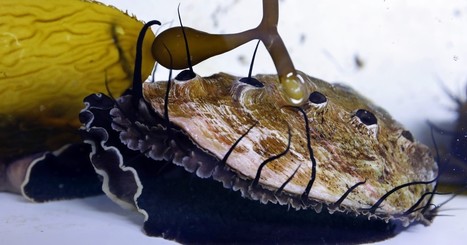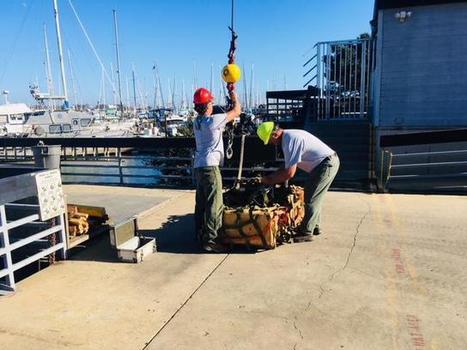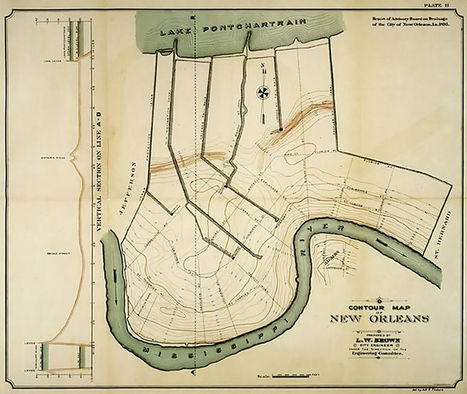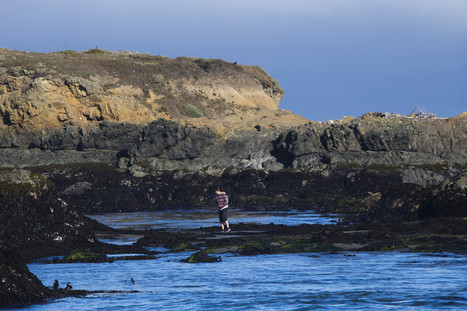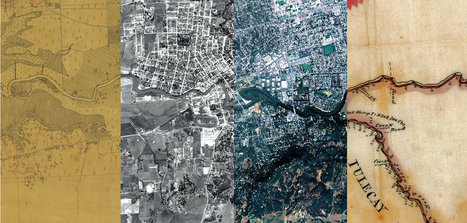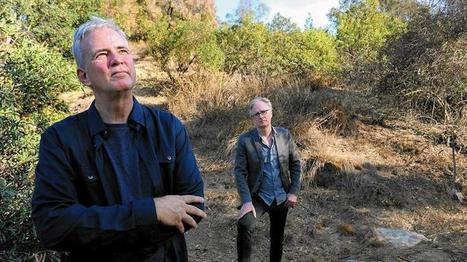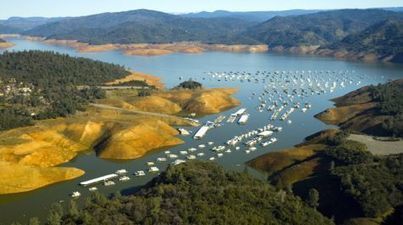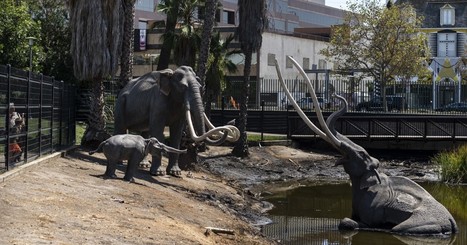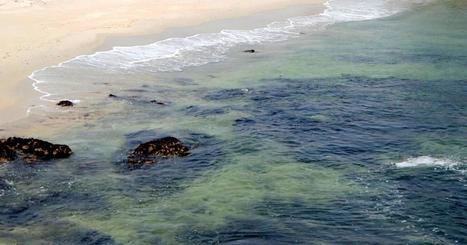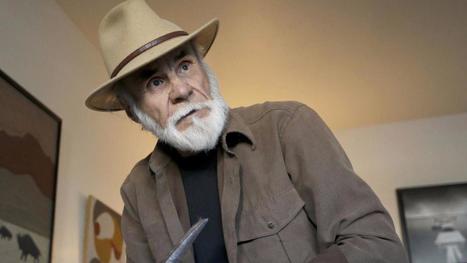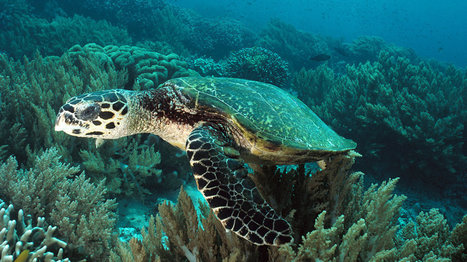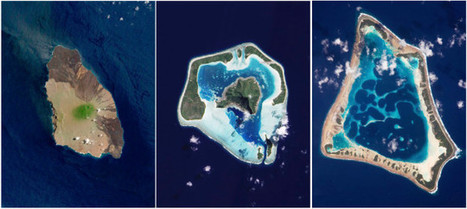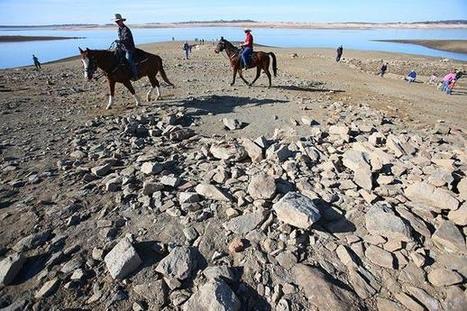A new map of butterfly heritage suggests an origin in North or Central America some 100 million years ago.
Get Started for FREE
Sign up with Facebook Sign up with X
I don't have a Facebook or a X account
 Your new post is loading... Your new post is loading...
 Your new post is loading... Your new post is loading...
|
Matthew Richmond's curator insight,
December 2, 2015 3:30 PM
Re-scooped from Professor Dixon, pretty cool story on the formation of islands in the south Pacific. A couple of them look like the island visible from the beach in Rincon, Puerto Rico where I stayed. The island is one giant rock so nobody lives there and it's a naval base for the U.S. military. This, however, is a different situation when you realize that not only do people live here, but kind of a lot of people live here. 
Matt Ramsdell's curator insight,
December 14, 2015 9:00 PM
What causes the death and the caldera in a volcano? One thing that happens in a deceased volcano is the center of the volcano starts to either erode or the inside finally caves in. Once this happen a caldera takes shape and the ocean starts to take over. As the waves eat away at the shores it will eventually create a island that is shaped like a "U". After this happens that island will someday retreat back into the ocean and someday form a barrier reef.
Adam Deneault's curator insight,
December 14, 2015 10:52 PM
Based on general knowledge, I know that the taller a volcano is, the younger it is and the shorter it is, the older it is. The reason they start to get short is from erosion. Hot spots in the Earth's crust make small islands from molten rock. Young islands can be very dangerous, because if they are inhabited, they have the possibility of erupting, whereas an old island does not since the volcano is lnactice and eroding. Over time the inactive volcano will crumble and a caldera will take shape and after even more time, that caldera will slip under the ocean and become a reef. |







